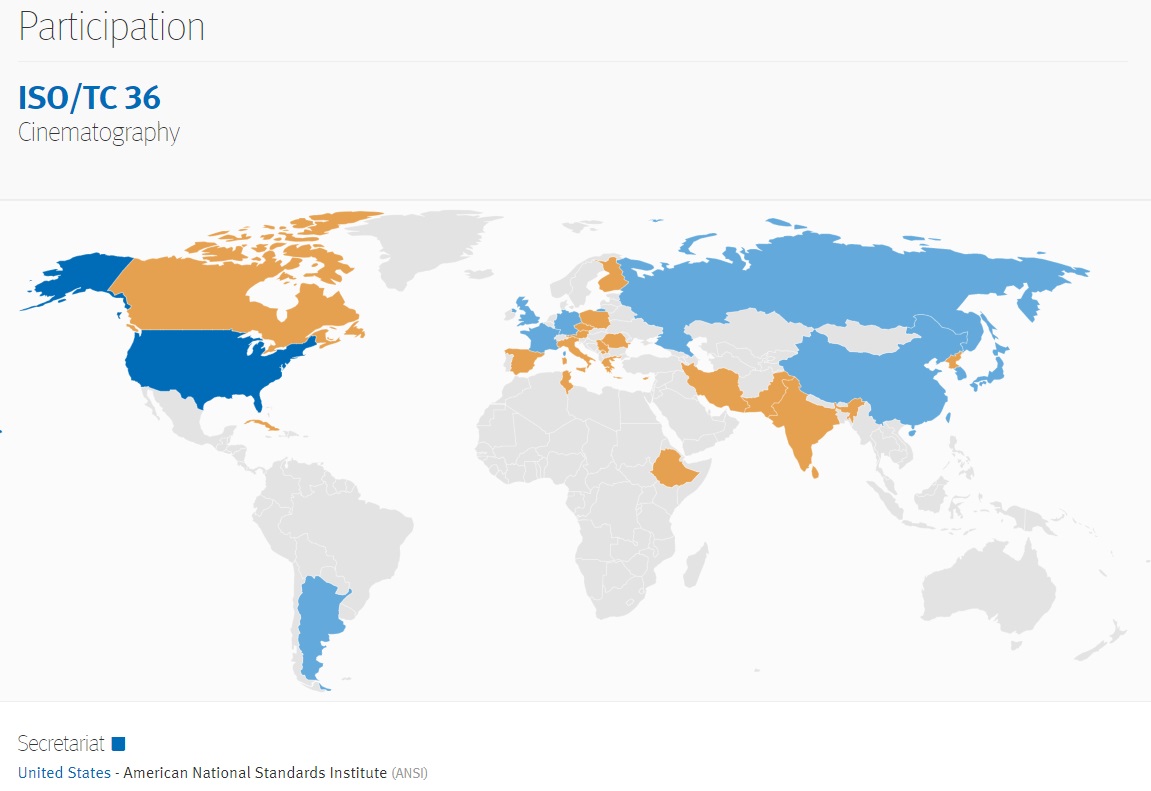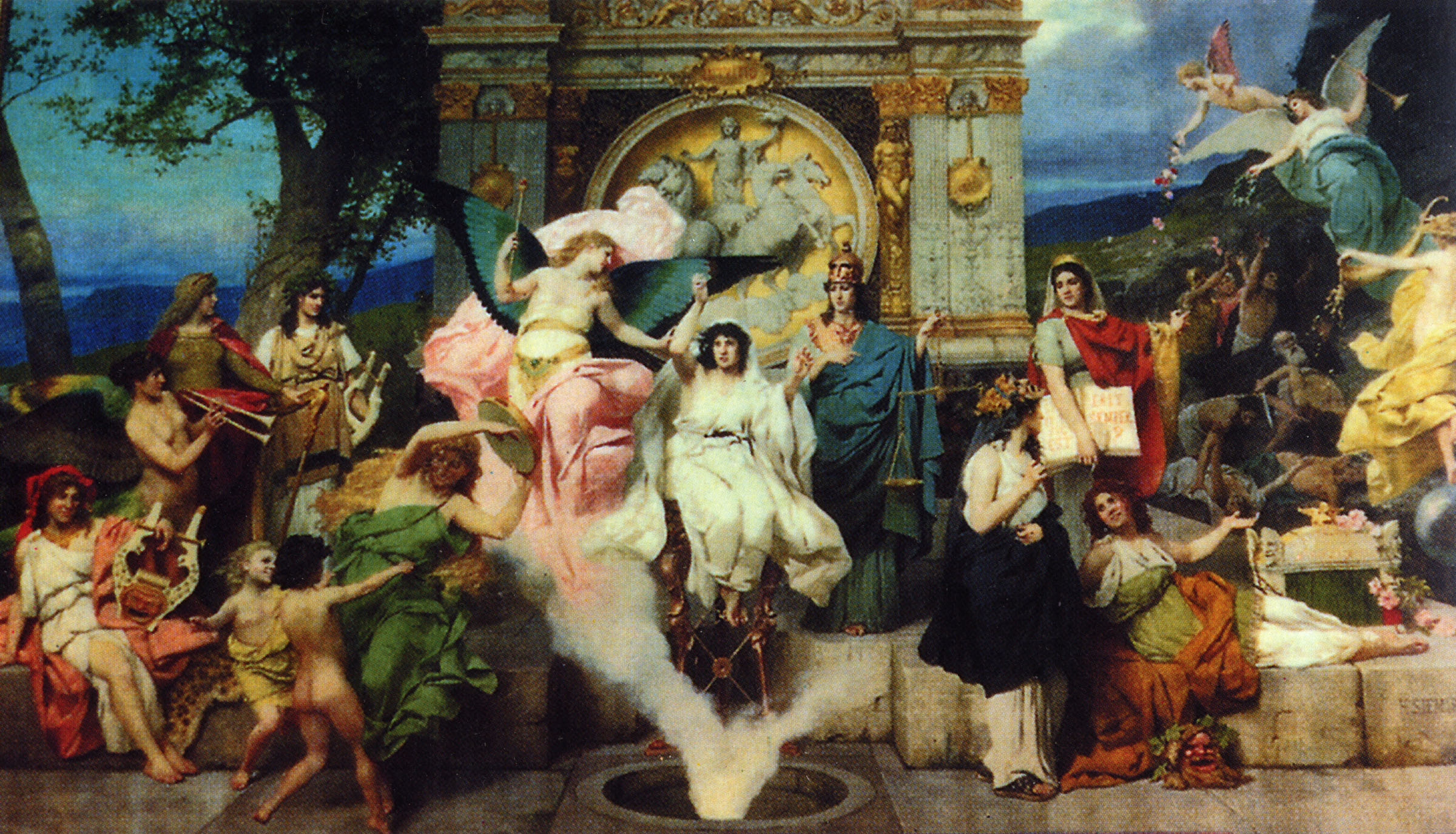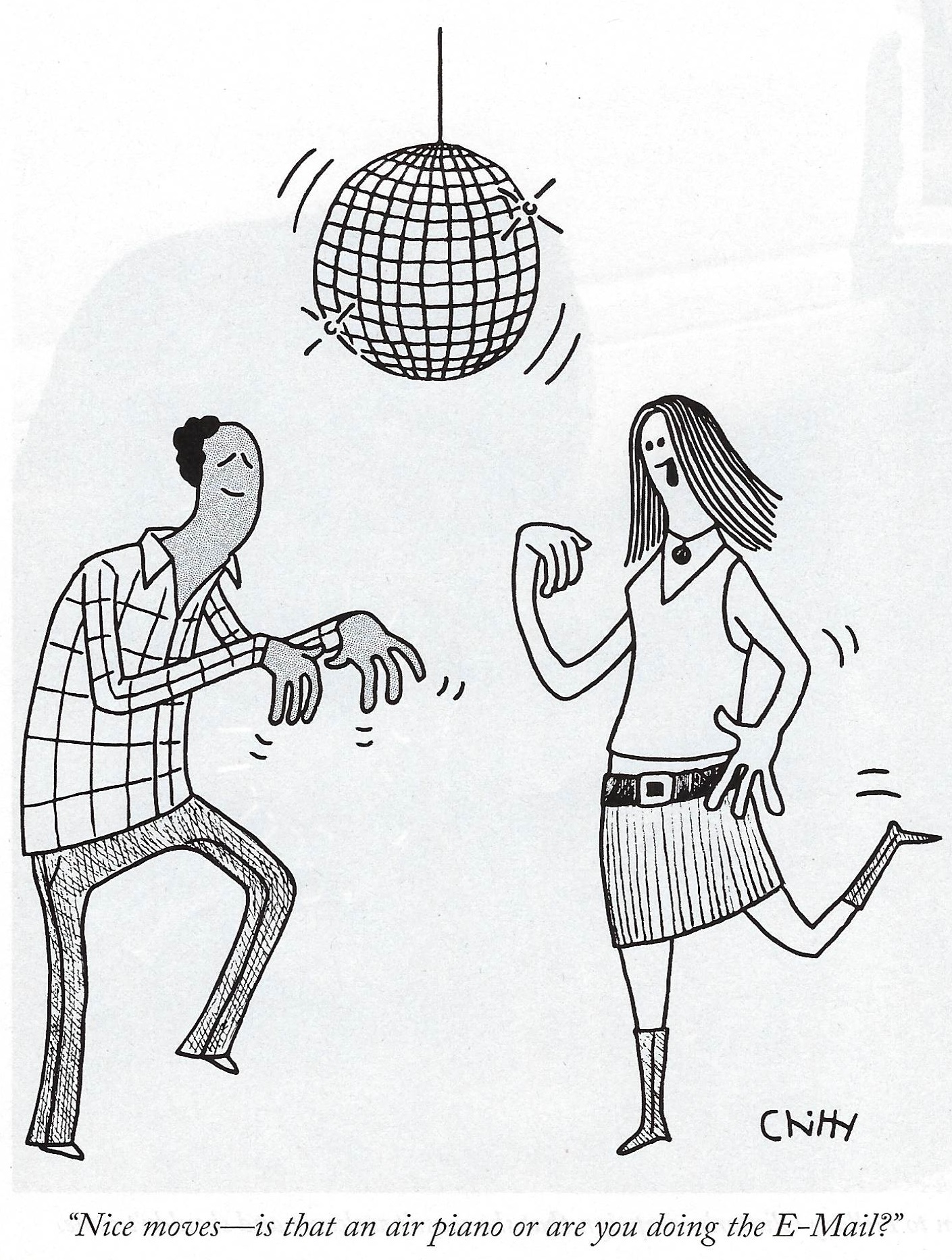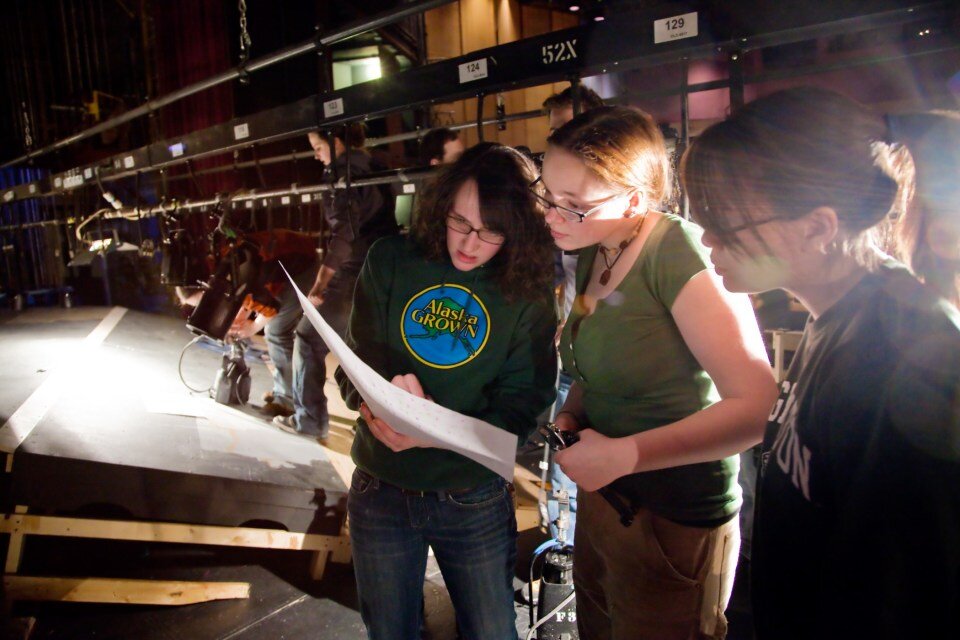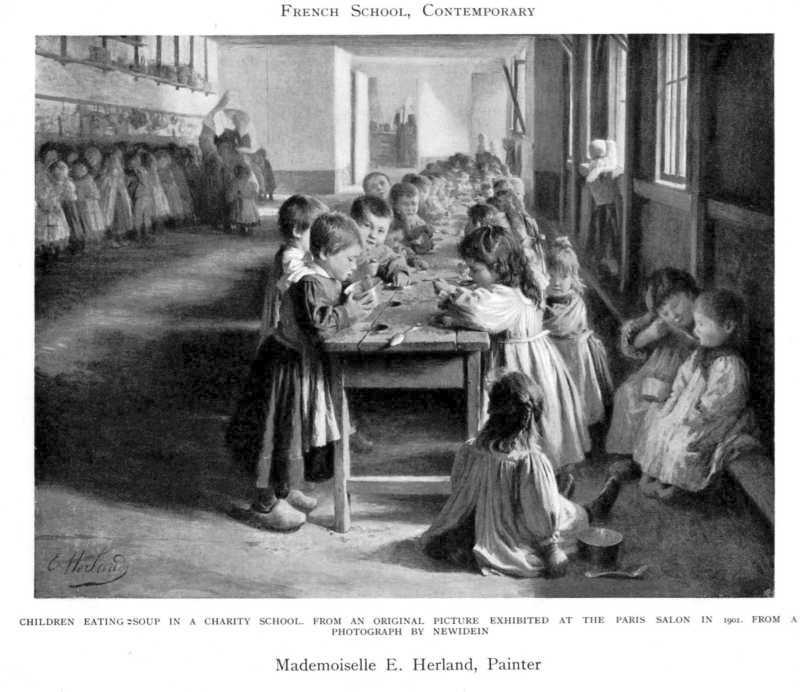Tag Archives: D5/1
- Home
- Posts tagged "D5/1" (Page 3)

Cinematography
“Non c’è fine. Non c’è inizio.
C’è solo l’infinita passione della vita. “
–Federico Fellini
Education communities provide a locus for lively art production, enjoyment and instruction. It is both a consumer and producer; with the expansion of massive open online curricula drawing from the visual arts of cinematography.
The International Organization for Standardization administers leading practice discovery and promulgation of the standards in these enterprises through Technical Committee 36. From the ISO/TC 36 prospectus:
Standardization of definitions, dimensions, methods of measurement and test, and performance characteristics relating to materials and apparatus used in silent and sound motion picture photography; in sound recording and reproduction related thereto; in the installation and characteristics of projection and sound reproduction equipment; in laboratory work; and in standards relating to sound and picture films used in television.
The American National Standards Institute is the ISO TC/36 Secretariat and the Society of Motion Picture and Television Engineers (SMPTE) is the US Technical Advisory Group Administrator (US TAG). We find SCTE present in safety and sustainability standards settings forums in many facility types in the education industry. It provides expertise to the Institute of Electrical and Electronic Engineers, the National Fire Protection Association, and the International Code Council, among others.
As commenting opportunities that are relevant to the US education industry present themselves, we will identify them here. As data from the US Bureau of Labor Statistics indicates, the demand for skill in this discipline is accelerating; with the education industry itself as a large consumer. We encourage students, faculty and staff to communicate directly with Mr. Thomas Bause Mason at SCTE, 3 Barker Avenue, Fifth Floor, White Plains, ny 10601, Phone: (914) 761-1100, Email: tbausemason@smpte.org. Educational institutions in other nations should contact their national representative to ISO TC/36
We sweep through all international standards that affect the education industry every nation. The time and date of our next teleconference on international standards is shown on our CALENDAR.
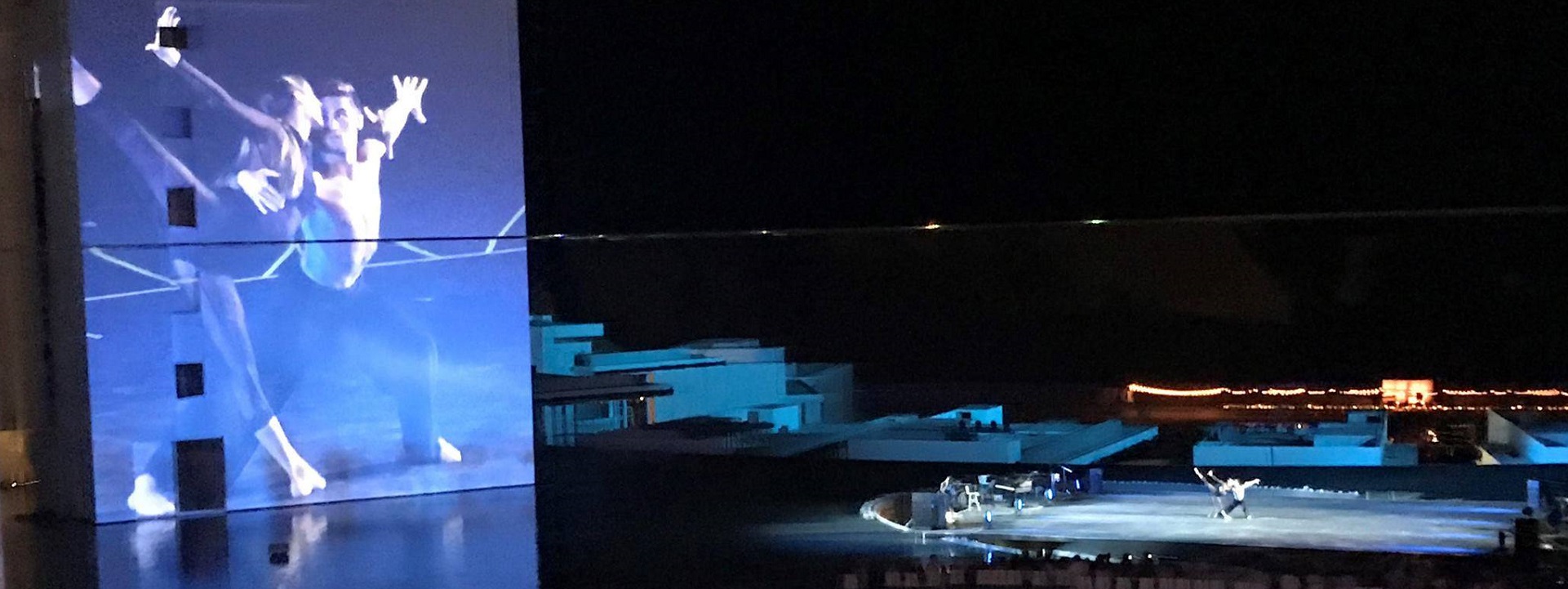
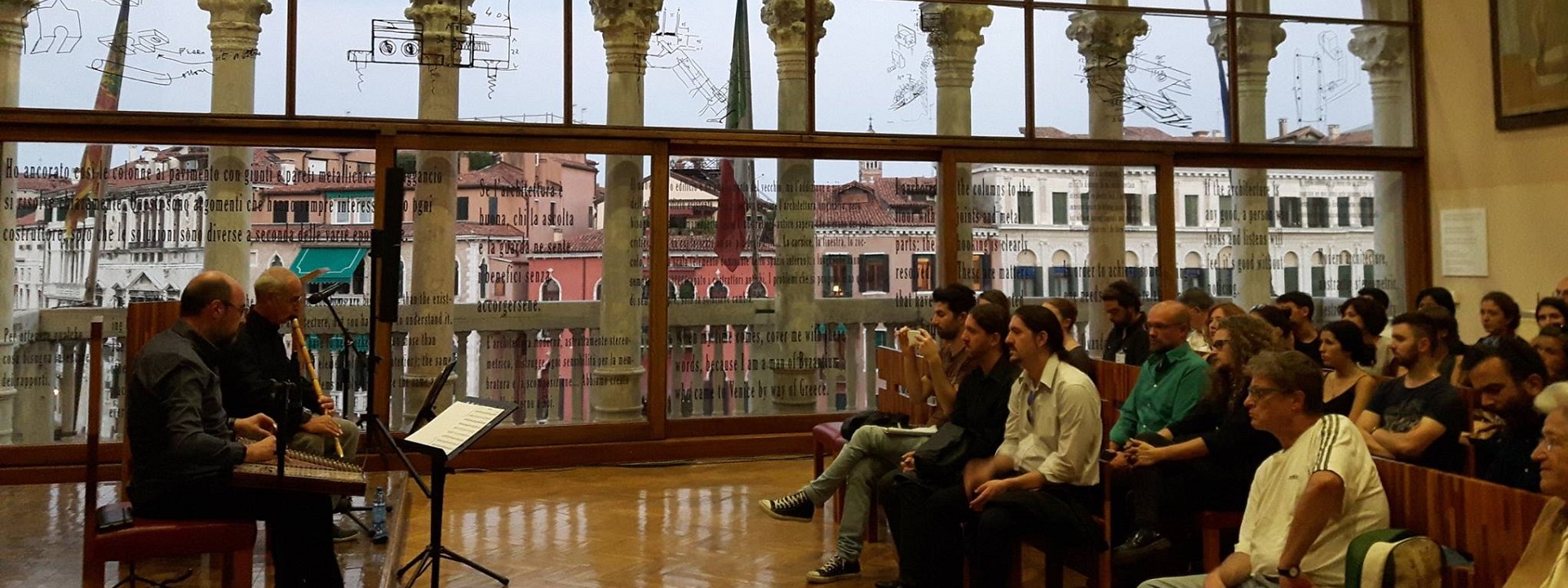
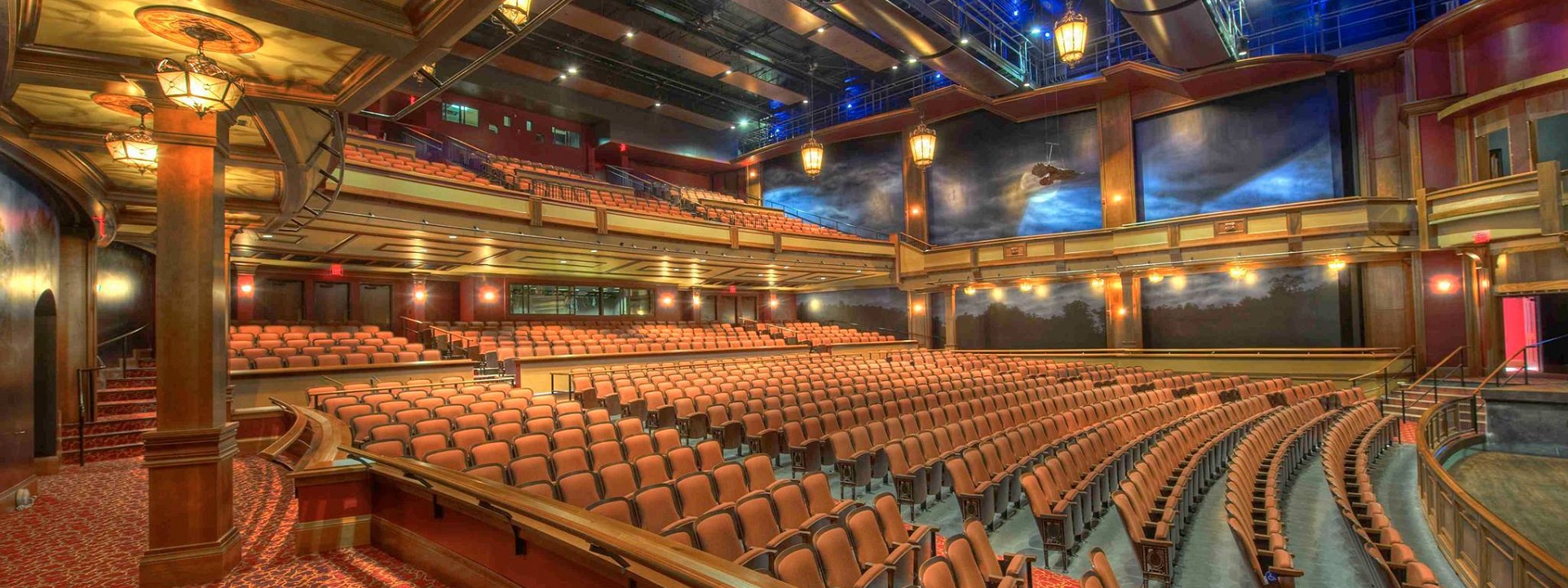
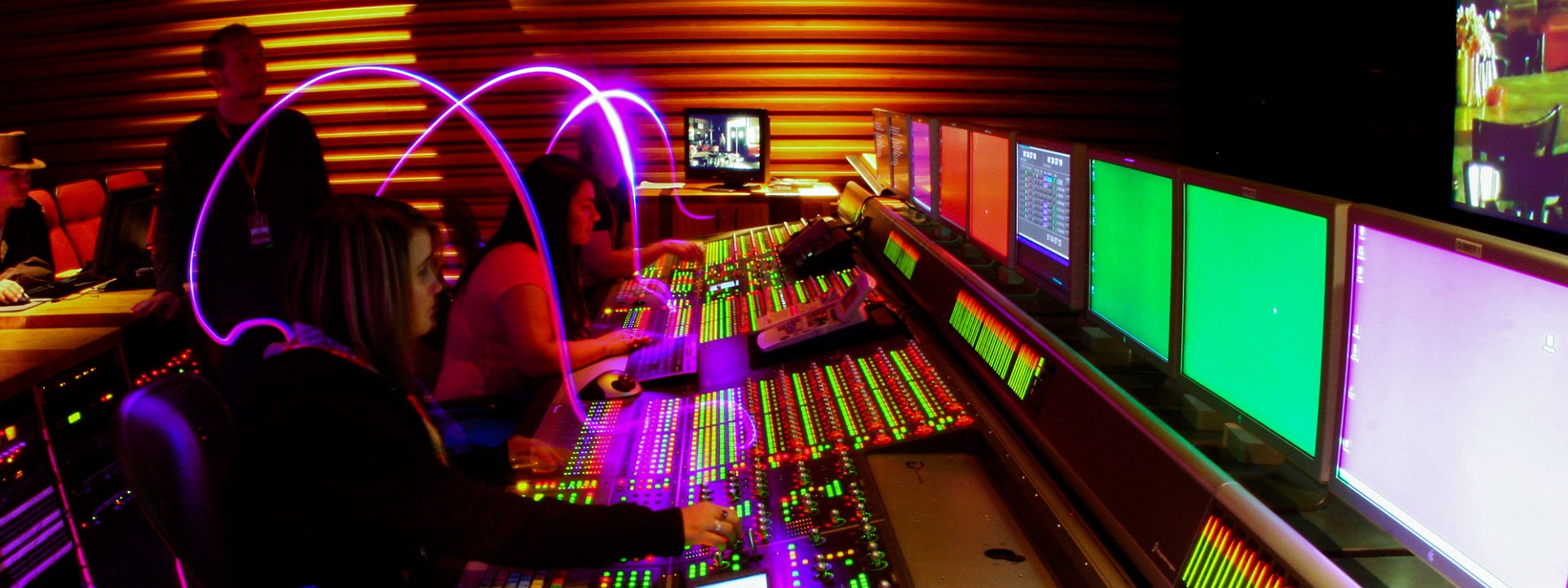
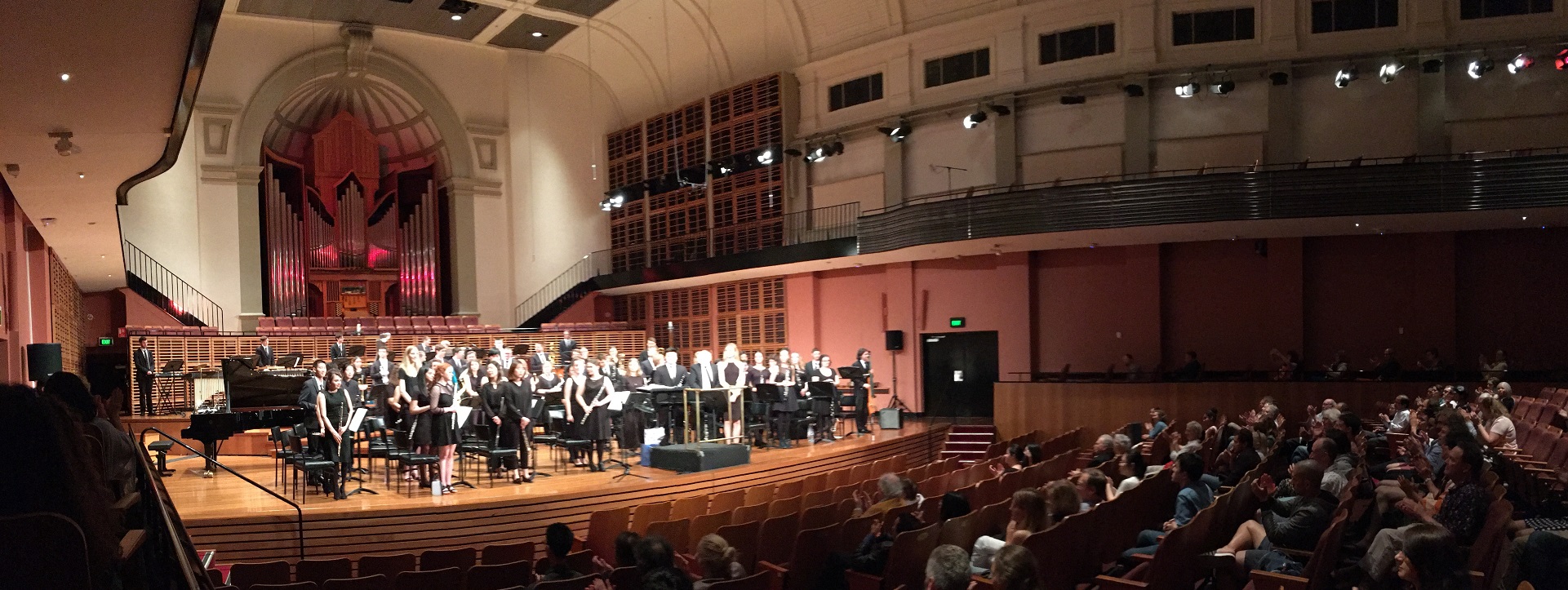
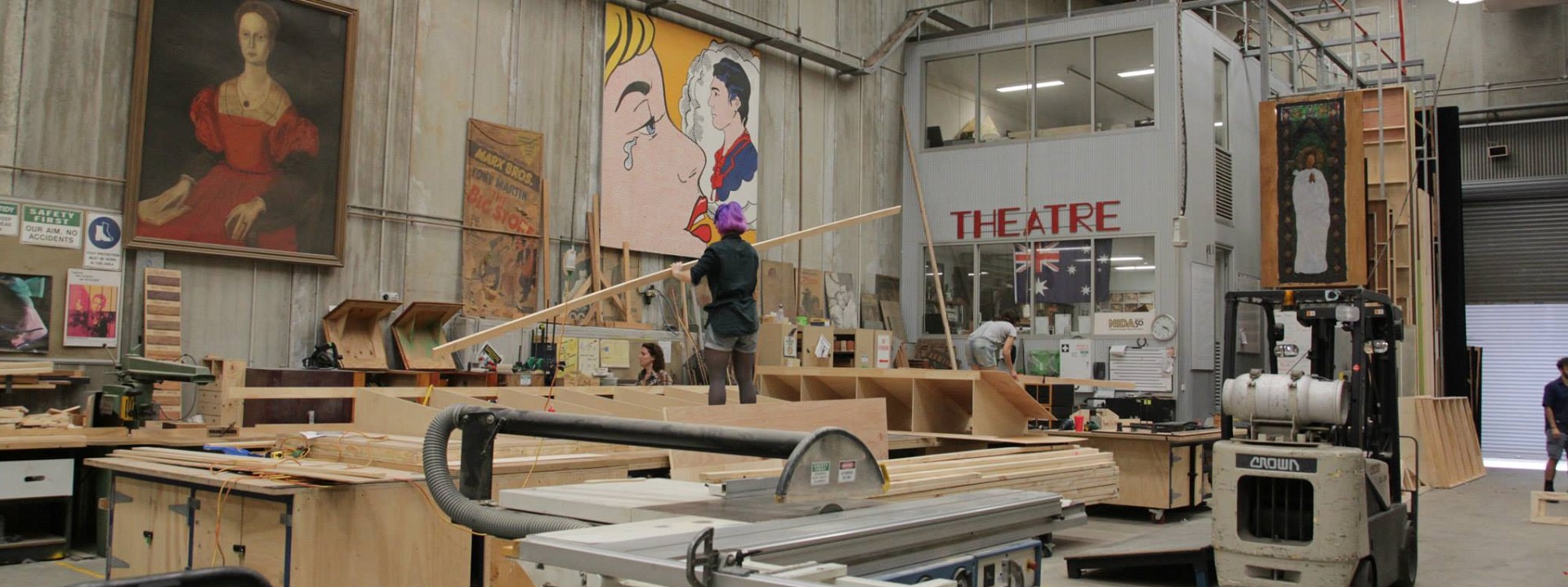
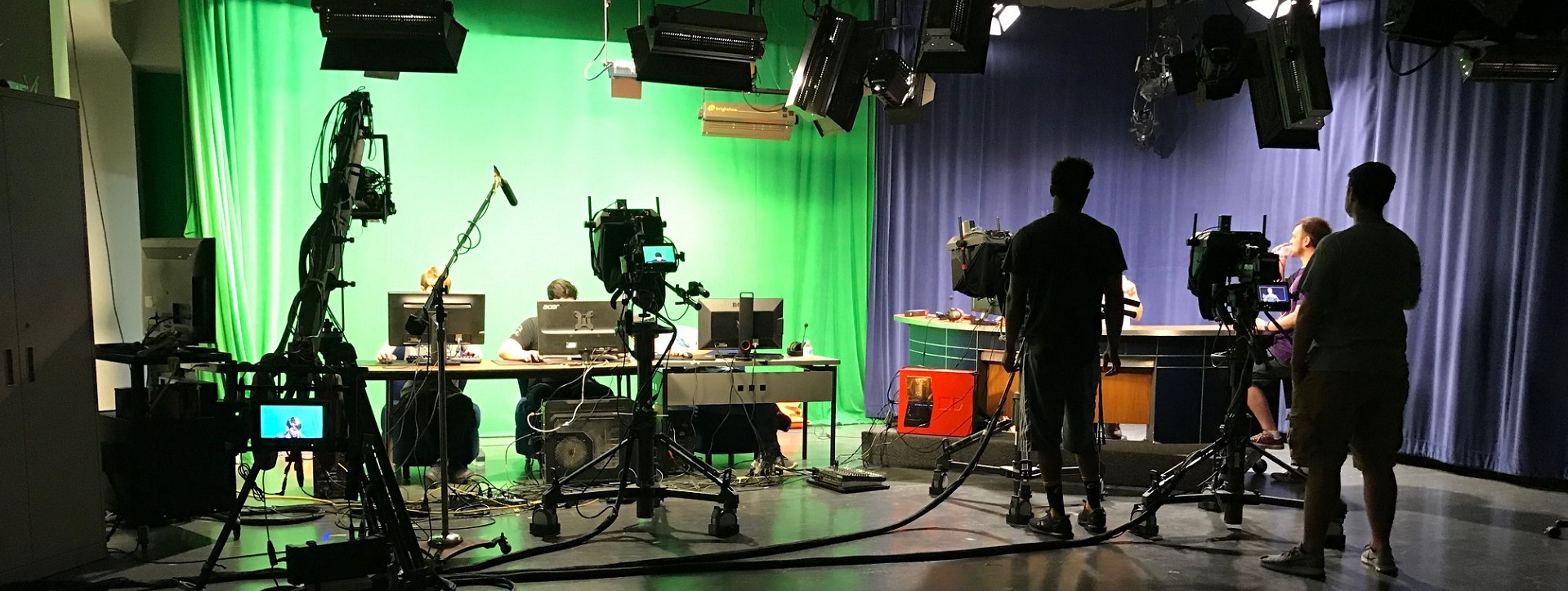
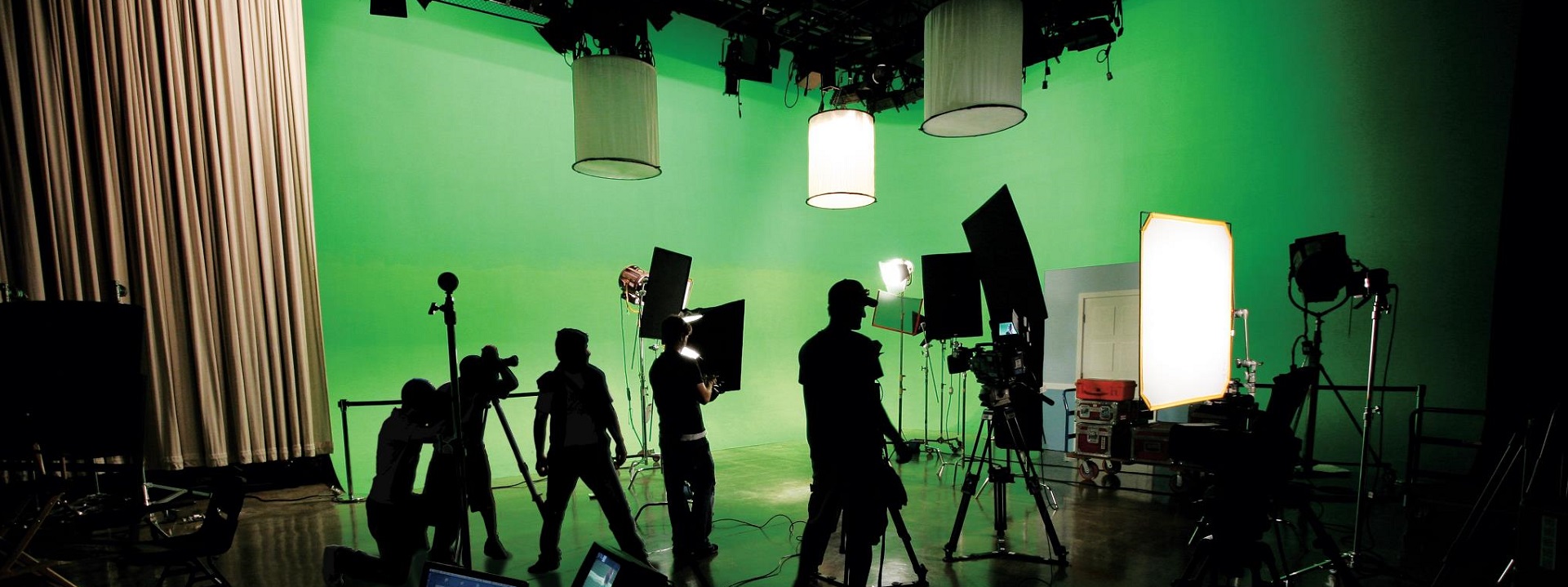
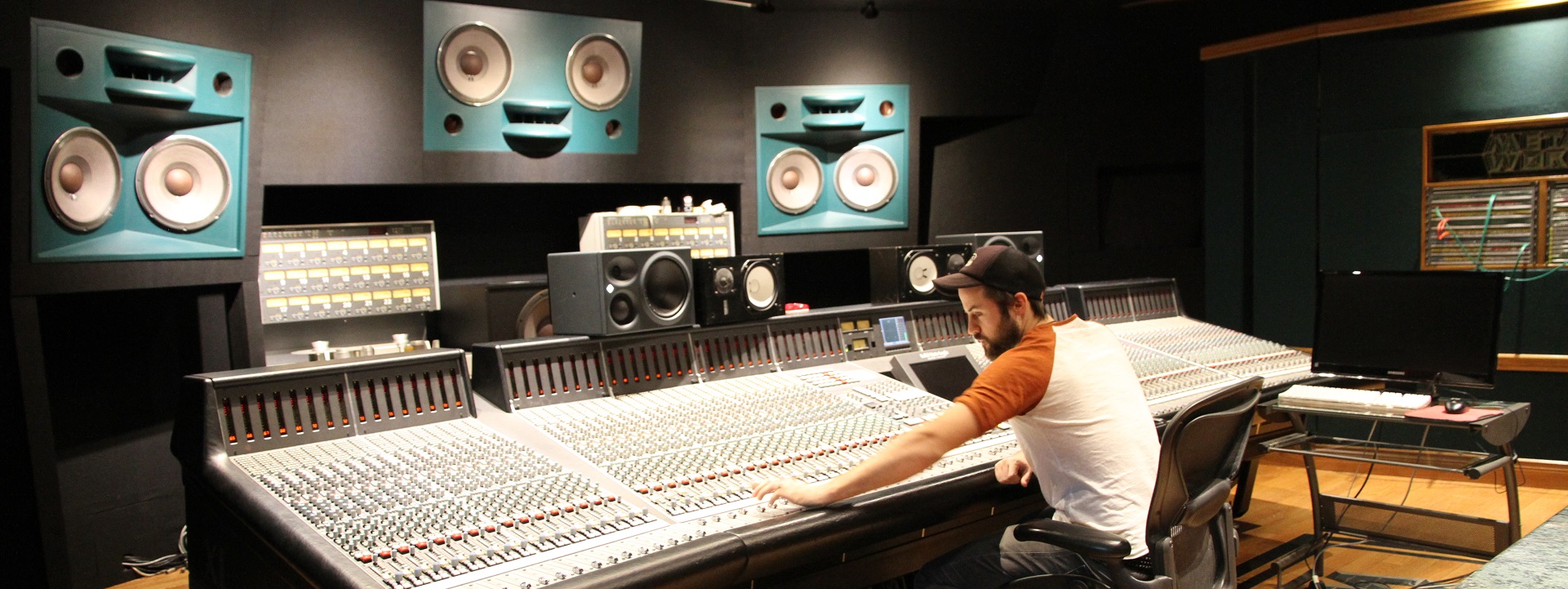
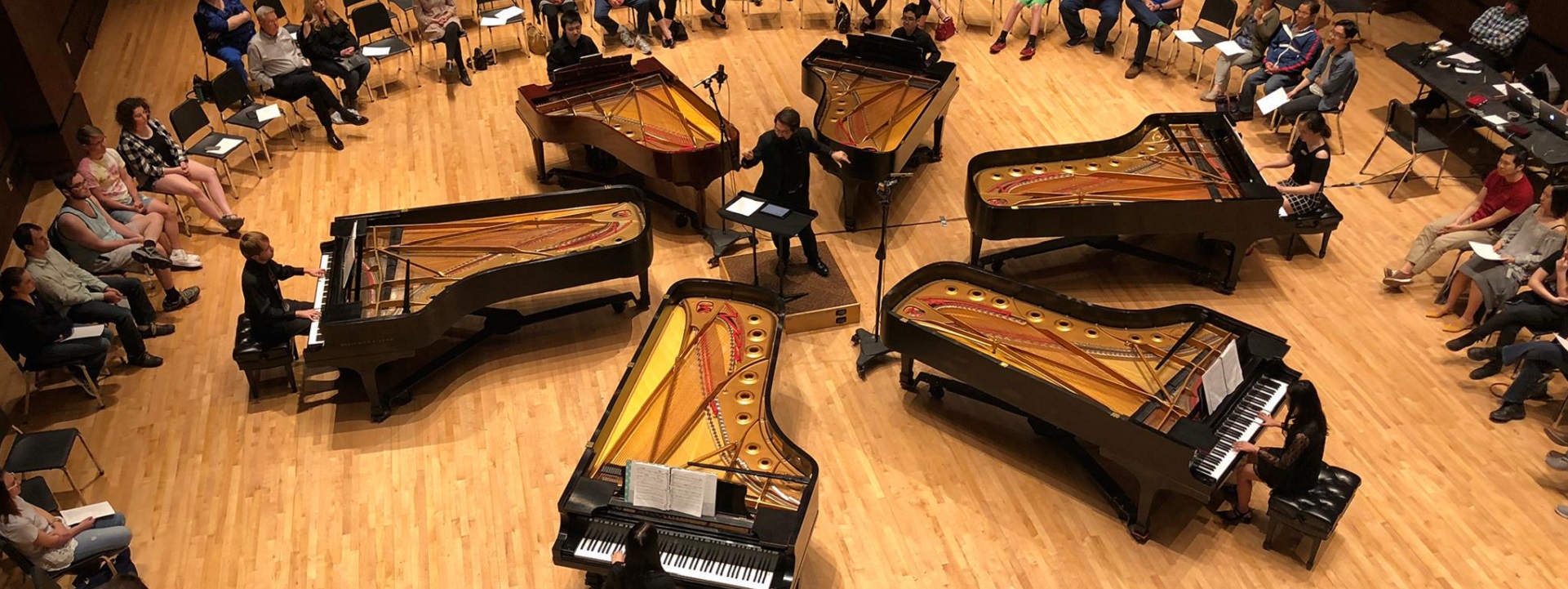
![]()
Category: Academics, Arts & Entertainment Facilities, Electrical, Telecommunication
Contact: Mike Anthony, Sanne Clare Anthony, Jim Harvey, Richard Robben
Lively 200
“What art is, in reality, is this missing link, not the links which exist.
It’s not what you see that is art; art is the gap”
— Marcel Duchamp
Today we refresh our understanding of the literature that guides the safety and sustainability goals of lively art and special event setting on the #WiseCampus. Consortia have evolved quickly in recent years, leading and lagging changes in the content creation and delivery domain. With this evolution a professional discipline has emerged that requires training and certification in the electrotechnologies that contribute to “event safety”; among them:
ASHRAE International
Standard 62.1: This standard establishes minimum ventilation rates and indoor air quality requirements for commercial buildings, including theaters and auditoriums.
Standard 55: This standard specifies thermal comfort conditions for occupants in indoor environments, which can have an impact on air quality.
Audio Visual and Experience Association
Entertainment Services and Technology Association
International Code Council
International Building Code: Section 303.2 Assembly Group A-1
Illumination Engineering Society
RP-16-17 Lighting for Theatrical Productions: This standard provides guidance on the design and implementation of lighting systems for theatrical productions. It includes information on the use of color, light direction, and light intensity to create different moods and effects.
RP-30-15 Recommended Practice for the Design of Theatres and Auditoriums: This standard provides guidance on the design of theaters and auditoriums, including lighting systems. It covers topics such as seating layout, stage design, and acoustics, as well as lighting design considerations.
DG-24-19 Design Guide for Color and Illumination: This guide provides information on the use of color in lighting design, including color temperature, color rendering, and color mixing. It is relevant to theater lighting design as well as other applications.
National Center for Spectator Sports Safety and Security
National Fire Protection Association
Life Safety Code
National Electrical Code
Articles 518-540: Arenas, Lecture Halls & Theaters
Society of Motion Picture Technology Engineers
Professional Lighting and Sound Association
Dance and Athletic Floor Product Standards: ASTM F2118, EN 14904, DIN 18032-2
Incumbent standards-setting organizations such as ASHRAE, ASTM, ICC, IEEE, NFPA have also discovered, integrated and promulgated event safety and sustainability concepts into their catalog of best practice titles; many already incorporated by reference into public safety law. We explore relevant research on crowd management and spectator safety.
The circumstances of the pandemic has made “re-rationalization” of education community spaces an urgent priority. Today at 15:00 UTC we pick through the concepts in play. Use the login credentials at the upper right of our home page.
More
International Code Council (N.B. Changes to its Code Development Process)
International Building Code: Entertainment Occupancies
Section 410: Stages, Platforms and Technical Production Areas
National Electrical Code: Articles 518 – 540
Code-Making Panel 15 (NEC-P15): Public Input Report 10/1/2020
Code-Making Panel 15 (NEC-P15): Public Comment Report 11/18/2021
ASHRAE 62.1 Ventilation for Acceptable Indoor Air Quality
Princeton University: Set Design & Construction
Building the Virtual Stage: A System for Enabling Mixed Reality Theatre
University of California: Special Effects Safety and Loss Prevention
Information technology for learning, education and training
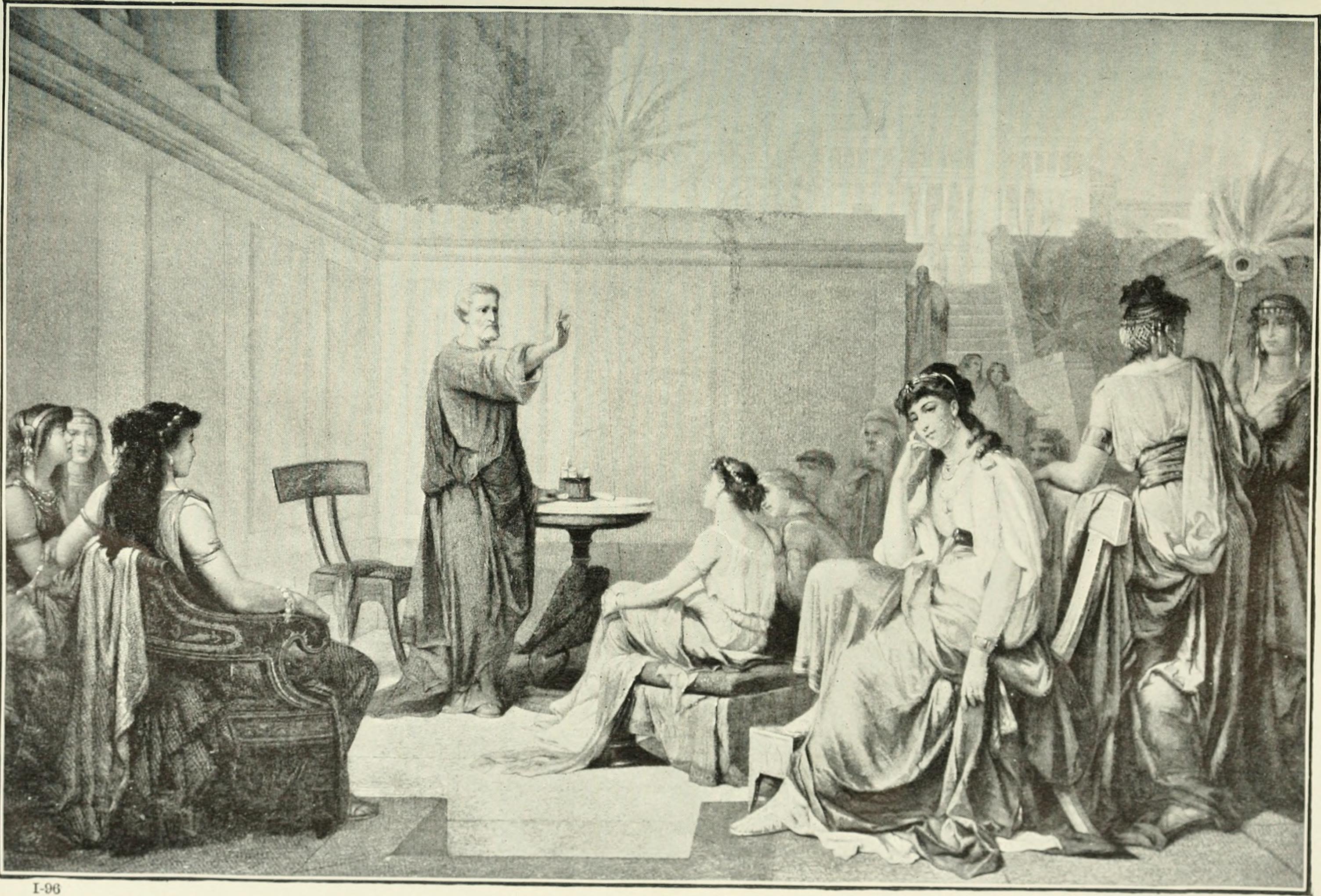
Illustration from 1913 showing Pythagoras teaching a class of women. Pythagoras believed that women should be taught philosophy as well as men and many prominent members of his school were women.
We follow the catalog of best practice titles developed by a joint committee of the International Organization for Standardization and the International Electrotechnical Commission that should interest educational institutions with an interest in capturing revenue from students outside their home country (which is nearly every educational organization as far as we can see, save for secondary school districts).
ISO/IEC JTC 1/SC 36 Information technology for learning, education and training is charged with standardization in the field of information technologies for learning, education, and training to support individuals, groups, or organizations, and to enable interoperability and reusability of resources and tool. Excluded from this scope are: •standards or technical reports that define educational standards (competencies), cultural conventions, learning objectives, or specific learning content. Work done by other ISO or IEC TCs, SCs, or WGs with respect to their component, specialty, or domain. Instead, when appropriate, normative or informative references to other standards shall be included. Examples include documents on special topics such as multimedia, web content, cultural adaptation, and security. The landing page for all ISO/IEC JTC 1 is linked below.
ISO/IEC JTC 001/SC 36 “Information technology for learning, education and training”
The Korean Agency for Technology and Standards is the Global Secretariat. INCITS is ANSI’s US Technical Advisory Group administrator. CLICK HERE for a list of committees.
We maintain the work products of this committee on the standing agenda of our Global, ICT and Acoustics colloquia. See our CALENDAR for the next online meeting; open to everyone.
Issue: [13-100]
Contact: Mike Anthony, Christine Fischer, Paul Green
Category: Academic, Finance, Global, ICT
LEARN MORE:
Blockchain Tokens for Food Traceability
Integrating Blockchain, Smart Contract-Tokens, and IoT to Design a Food Traceability Solution
Abstract: Information asymmetry exists amongst stakeholders in the current food supply chain. Lack of standardization in data format, lack of regulations, and siloed, legacy information systems exasperate the problem. Global agriculture trade is increasing creating a greater need for traceability in the global supply chain. This paper introduces Harvest Network, a theoretical end-to-end, vis a vie “farm-to-fork”, food traceability application integrating the Ethereum blockchain and IoT devices exchanging GS1 message standards. The goal is to create a distributed ledger accessible for all stakeholders in the supply chain. Our design effort creates a basic framework (artefact) for building a prototype or simulation using existing technologies and protocols [1]. The next step is for industry practitioners and researchers to apply AGILE methods for creating working prototypes and advanced projects that bring about greater transparency.
-
-
I. Introduction
-
II. New Paradigm for Food Traceability
-
III. Tokenization Overview
-
IV. Smart Contract Design and IoT Interaction
-
V. Web Integration
-
PURCHASE INFORMATION: IEEE Digital Library
New update alert! The 2022 update to the Trademark Assignment Dataset is now available online. Find 1.29 million trademark assignments, involving 2.28 million unique trademark properties issued by the USPTO between March 1952 and January 2023: https://t.co/njrDAbSpwB pic.twitter.com/GkAXrHoQ9T
— USPTO (@uspto) July 13, 2023
Standards Michigan Group, LLC
2723 South State Street | Suite 150
Ann Arbor, MI 48104 USA
888-746-3670



